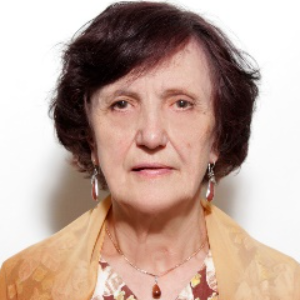Title : The physical process determining the action of some metal nanoparticles on DNA and RNA of biological system
Abstract:
Deoxyribonucleic acid (DNA) and ribonucleic acid (RNA) (together with protein) are the main macromolecules that are contained in cells of all living organisms and play important role in coding and regulation of functioning of genes. Both DNA and RNA consist of long strands in which every link is called the “nucleotide”. The sequence of links in the strand determines the genetic information code. DNA exists in the form of double helix consisting of two separate molecules. The RNA molecules, in the average, are shorter than DNA molecules and, in general, they are single - stranded molecules. One of the methods of influencing DNA and RNA is to change their form, for example, to deform and even unwind their helical forms. This effect can be performed by spin supercurrent. The spin supercurrent is distinct from other physical processes, most notably, in that it transforms angular momentum. The action of spin supercurrent is aimed at equalizing the spin’s characteristics of the interacting objects and, consequently, as a result of its action a change in the form of interacting objects may take place. Spin supercurrent emerges between any objects having spin, independent of shielding these objects by electromagnetic and molecular screen. The effectivity of spin supercurrent’s action is maximal if the interacting objects having complex structures are in ultra-low doses. Consequently, metallic nanoparticles having complex crystal structure (for example, fullerenes and dendrimers) may be such objects. It is an experimental fact that 3D nanoparticles, which are spiral shaped, deform and even unwind the spiral when penetrating a DNA molecule. One example of such 3D nanoparticle is fullerene; computer simulations have shown that fullerenes, namely, spherical C60 molecules, are potentially dangerous to DNA molecules. Another example of influence on a DNA molecule is dendrimer: 3D and higher generation dendrimers have a form which is similar to a sphere, the spin supercurrent emerges between virtual photons (having precessing spin) created by quantum objects constituting DNA and RNA, on the one hand, and nanoparticles, on the other hand; the schema of interaction



